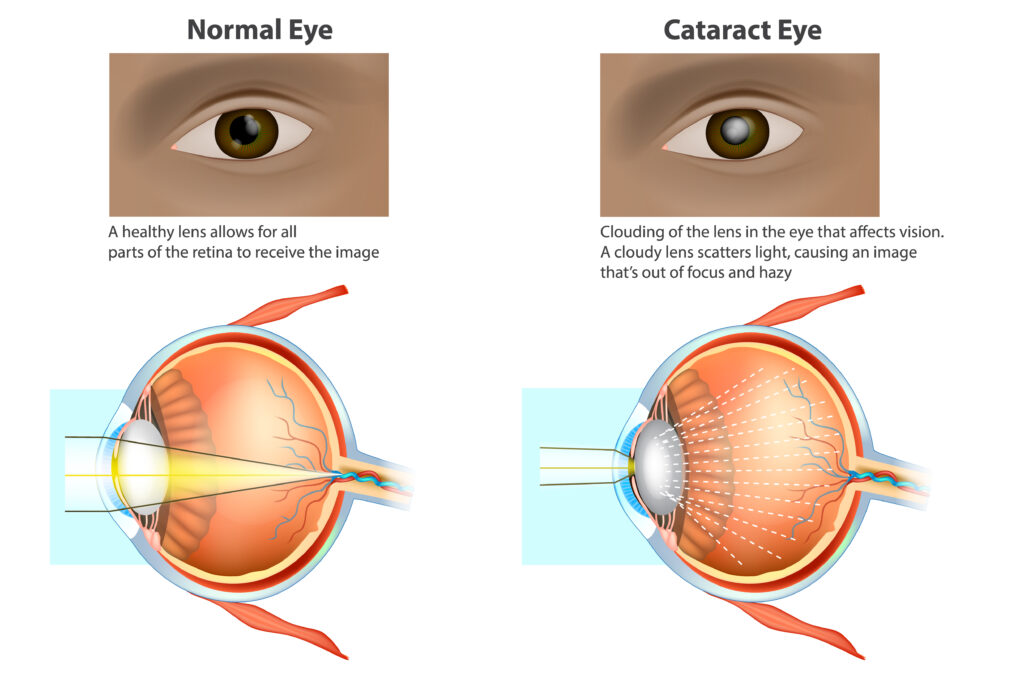A 52-year-old patient is admitted to the hospital with symptoms of confusion, headache, and muscle cramps. Laboratory tests reveal the following findings: serum sodium 120 mEq/L, serum osmolality 260 mOsm/kg, urine osmolality 500 mOsm/kg, and urine sodium 40 mEq/L. What is the most likely diagnosis based on these laboratory findings?
Diabetes Insipidus
Adrenal insufficiency
Hyperaldosteronism
Syndrome of inappropriate Antidiuretic Hormone (SIADH)
The Correct Answer is D
Choice A Reason:
Diabetes Insipidus (DI) is characterized by excessive urination and thirst due to a deficiency of antidiuretic hormone (ADH) or a renal insensitivity to ADH. Patients with DI typically present with hypernatremia (high serum sodium) and low urine osmolality, which contrasts with the findings of low serum sodium and high urine osmolality in this patient.
Choice B Reason:
Adrenal insufficiency can cause hyponatremia and hyperkalemia due to a deficiency in aldosterone and cortisol. However, it usually presents with low serum osmolality and low urine sodium, which does not align with the patient’s laboratory results of high urine osmolality and elevated urine sodium.
Choice C Reason:
Hyperaldosteronism leads to increased sodium reabsorption and potassium excretion, resulting in hypernatremia and hypokalemia. This condition does not match the patient’s findings of hyponatremia and high urine osmolality.
Choice D Reason:
Syndrome of inappropriate Antidiuretic Hormone (SIADH) is characterized by excessive release of ADH, leading to water retention, hyponatremia, and concentrated urine. The patient’s laboratory results of low serum sodium, low serum osmolality, high urine osmolality, and elevated urine sodium are consistent with SIADH. This condition causes the kidneys to reabsorb water, diluting the blood and concentrating the urine.
Nursing Test Bank
Naxlex Comprehensive Predictor Exams
Related Questions
Correct Answer is A
Explanation
Choice A Reason:
Cloudiness in the lens of the eyes is the hallmark symptom of cataracts. Cataracts cause the lens to become opaque, leading to blurred vision and difficulty seeing clearly. This cloudiness can make it challenging to perform everyday tasks and is the most indicative sign of cataracts.
Choice B Reason:
Double vision in one eye can occur with cataracts, but it is not the most indicative symptom. While cataracts can cause visual disturbances, the primary symptom is the cloudiness of the lens, which directly impacts vision clarity.
Choice C Reason:
Eye pain and redness are not typical symptoms of cataracts. These symptoms are more commonly associated with other eye conditions such as infections or glaucoma. Cataracts primarily cause visual disturbances without significant pain or redness.
Choice D Reason:
Sudden loss of vision is not characteristic of cataracts. Cataracts develop gradually over time, leading to a slow progression of vision impairment. Sudden vision loss is more likely to be associated with acute conditions such as retinal detachment or vascular occlusions.

Correct Answer is B
Explanation
Choice A Reason:
Increased appetite is not typically associated with anemia. Anemia generally leads to symptoms related to decreased oxygen-carrying capacity of the blood, such as fatigue, weakness, and shortness of breath. Increased appetite is more commonly linked to other conditions, such as hyperthyroidism or certain metabolic disorders.
Choice B Reason:
Fatigue is a common and significant symptom of anemia. When hemoglobin levels are low, the body’s tissues do not receive adequate oxygen, leading to feelings of tiredness and exhaustion. This is because hemoglobin is responsible for transporting oxygen from the lungs to the rest of the body. In anemia, the reduced oxygen delivery results in decreased energy levels and persistent fatigue.
Choice C Reason:
Weight gain is not typically associated with anemia. In fact, some forms of anemia, such as those caused by chronic diseases or malnutrition, may lead to weight loss rather than gain. Weight gain can be associated with other health issues, such as hypothyroidism or fluid retention, but not directly with anemia.
Choice D Reason:
Hypertension is not a common manifestation of anemia. Anemia usually leads to symptoms like pallor, shortness of breath, and fatigue due to the reduced oxygen-carrying capacity of the blood. Hypertension, or high blood pressure, is more commonly associated with cardiovascular diseases, kidney disorders, or endocrine conditions.
Whether you are a student looking to ace your exams or a practicing nurse seeking to enhance your expertise , our nursing education contents will empower you with the confidence and competence to make a difference in the lives of patients and become a respected leader in the healthcare field.
Visit Naxlex, invest in your future and unlock endless possibilities with our unparalleled nursing education contents today
Report Wrong Answer on the Current Question
Do you disagree with the answer? If yes, what is your expected answer? Explain.
Kindly be descriptive with the issue you are facing.
